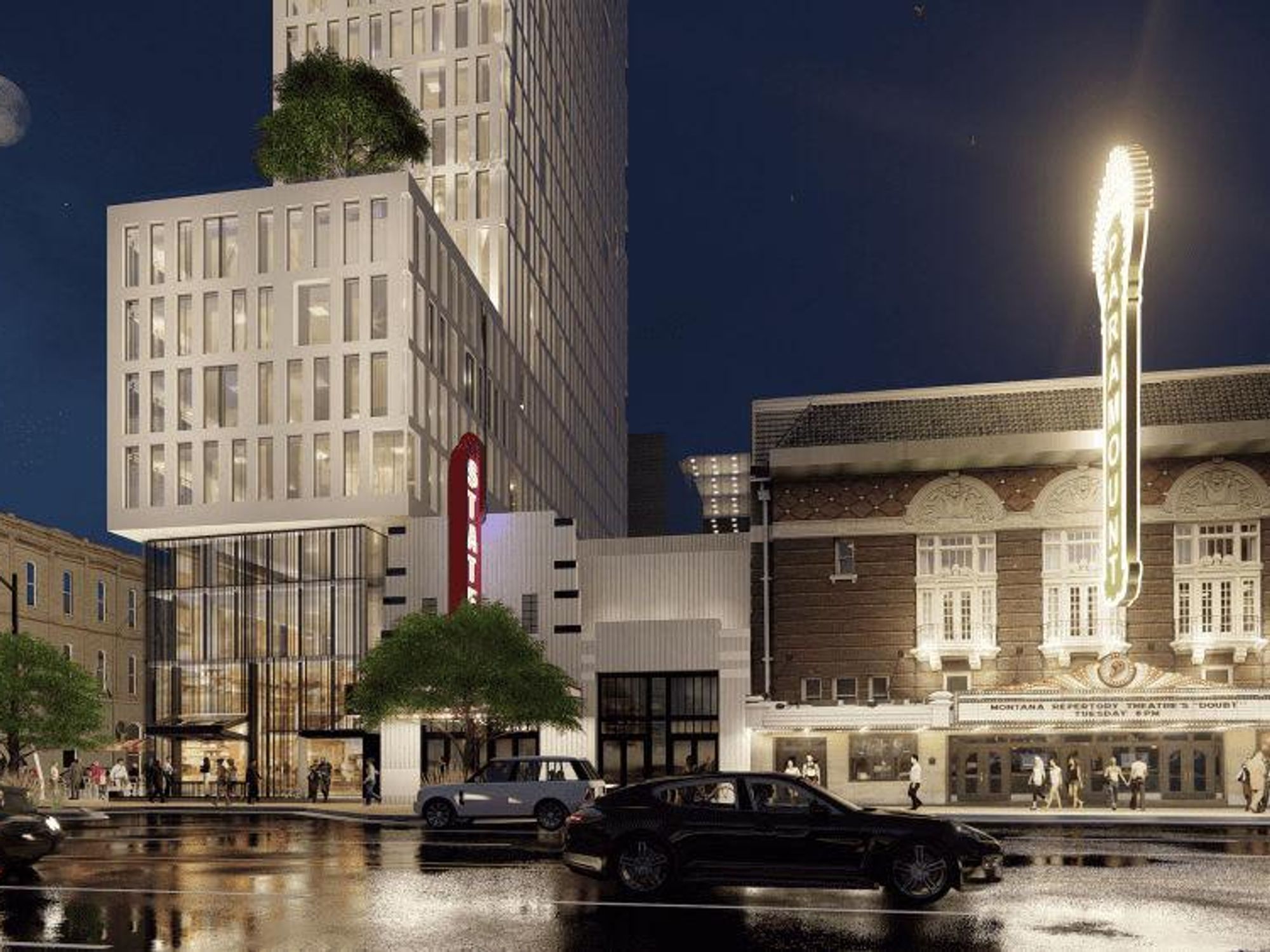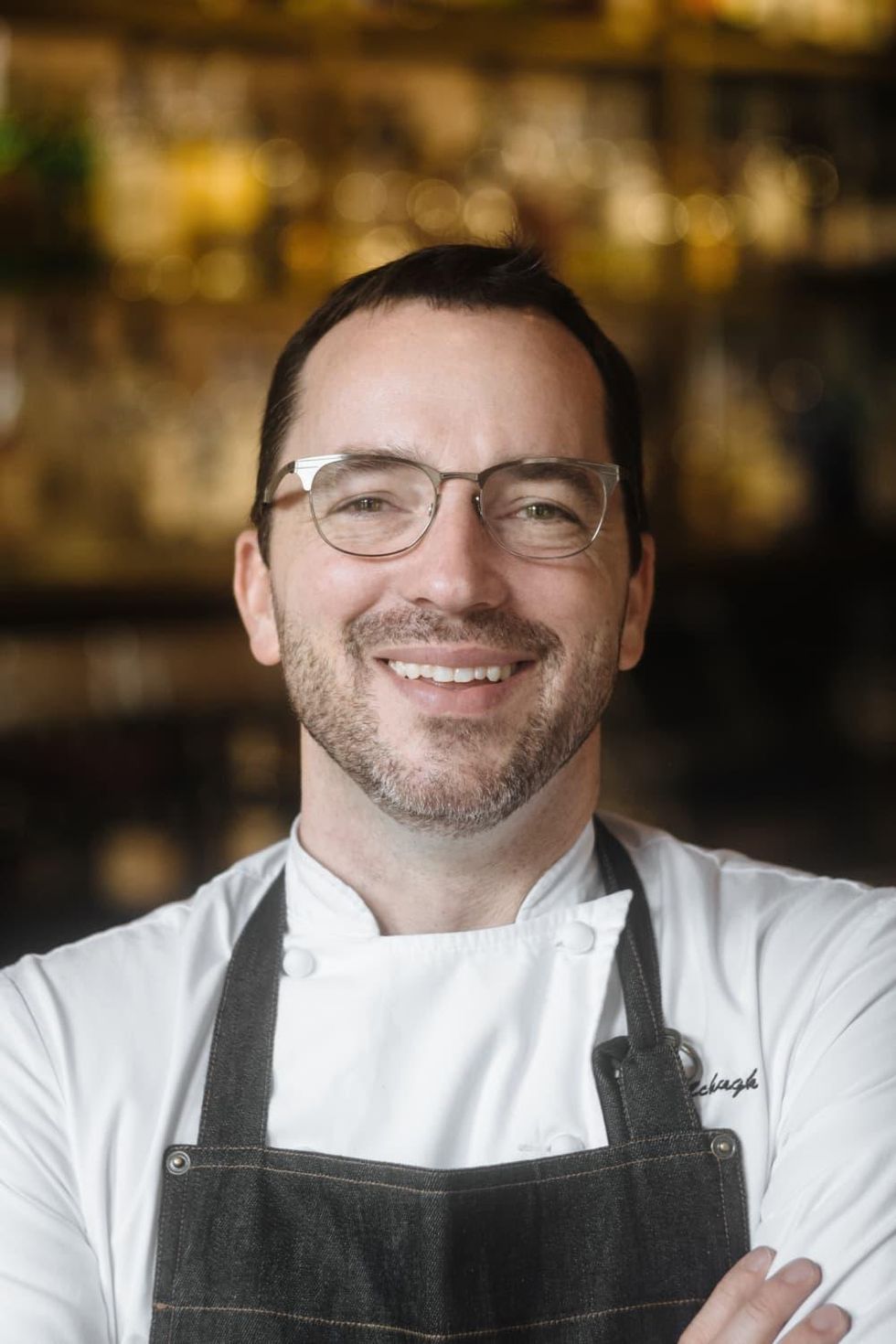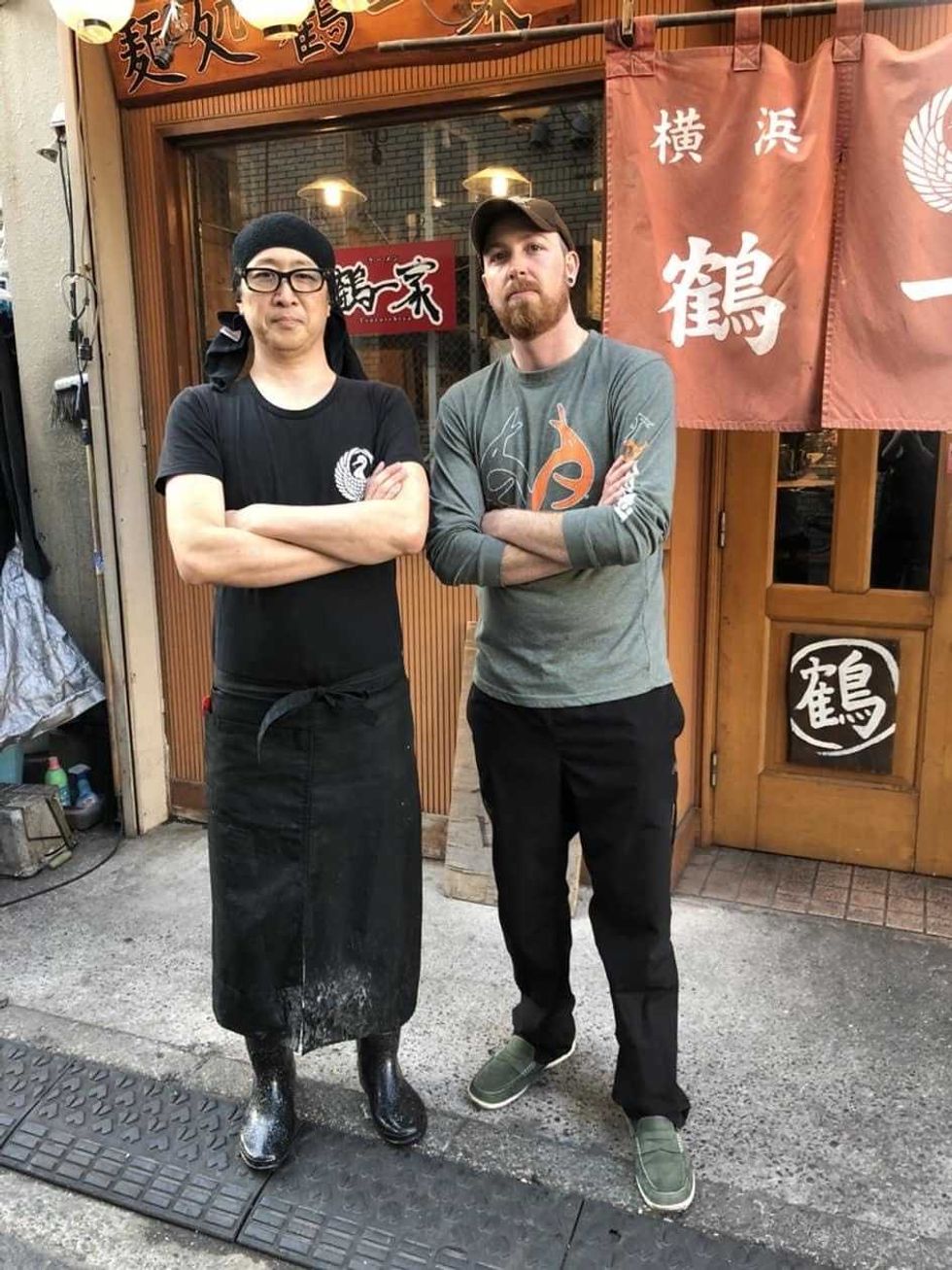Curing Austin
Acclaimed San Antonio chef to debut restaurant and bar at anticipated Austin hotel

Austinites will no longer have to travel to San Antonio for a taste of chef Steve McHugh’s delicious concoctions. The six-time James Beard Foundation finalist is bringing his first Austin restaurant, Luminaire, to a new hotel set to open on Congress Avenue later this year, along with an exciting bar concept, Las Bis.
Located at 721 Congress Ave., Hyatt Centric Congress Avenue Austin will bring more pre- and post-theater dining options to audiences at the Paramount and Stateside theaters downtown. Featuring 246 guestrooms and suites designed by Nelson Partners and OBMI Interiors, the new lifestyle hotel will boast proximity not only to the historic theaters, but also to the Texas Capitol and all that downtown Austin has to offer. With interior spaces inspired by Austin’s boho-chic style and energetic music scene, the hotel will showcase an extensive art collection created by local Austin-area artists.
Well-known to Texans as the executive chef of Cured in San Antonio — and more recently for Landrace at Thompson San Antonio — Steve McHugh will helm both the all-day ground-floor restaurant, Luminaire, as well as the more creative eighth-floor concept, Las Bis. Both spaces will feature indoor and outdoor seating, and an outdoor terrace at Las Bis will add to Austin’s rooftop patio options with full views of the Austin skyline and Congress Avenue.
While Luminaire will focus on local Texas fare and charcuterie, Las Bis will specialize in a select menu of craft cocktails, biodynamic wines, and playfully plated conservas, which are freshly tinned and canned foods. CultureMap caught up with the Wisconsin-born, New Orleans-trained chef on what to expect from both of his exciting new Congress-based concepts.
CultureMap: Austinites who are familiar with Cured and Landrace will be very excited about this news, can you tell us how the concept came about?
Steve McHugh: So it’s a couple years in the making, actually, probably about three. Sylvia, my wife and partner, [and I] were approached in early 2019 by McWhinney group out of Denver, who were looking for a chef partner for this hotel project. One of my good friends in Denver has a restaurant in one of their projects, and he said they were some of the best people he had ever worked with. Plus, I already had the relationship with Hyatt because of the Thompson project in San Antonio, so we knew that was going to work well. And then of course the pandemic hit, so we’re a little bit behind, but that’s to be expected in the construction world we live in today. None of these things happen overnight, but in this post-pandemic world, we feel good about what we’re proposing and how we are going to get it done.
CM: And in your words, what is it that you’re proposing?
SM: We’re doing the hotel’s food and beverage, so on top of the ground-floor restaurant, we’ll be handling the banquets and room service, and the check-in bar on the eighth floor.
CM: What are you most excited about with the space?
SM: I’m really excited about the space, especially the restaurant space, which will be two floors. It’s two floors with about 60-65 seats on the first floor, and the second floor will be kind of a flex space with the ability to seat a la carte up there or we can do it as a meeting space for receptions and banquets. Having the ability to program that is great.
CM: How are you feeling about introducing your first Austin project?
SM: I feel great. I’m forever a student, and I moved to San Antonio 12 years ago from New Orleans and knew I needed to immerse myself in the culture of this city and not try to just shove New Orleans down people’s throats. And regardless of what people say, Austin and San Antonio are very different. I’ve spent a ton of time in Austin over the last 12 years, so I don’t feel like I’m going in blind, but I’m really excited to explore and soak up an entirely new culture. Austin has its own vibe and feel, and I’m really excited about that.
CM: How would you describe those cultural differences as a chef?
SM: Austin is more of a late-night city. We learned here in San Antonio that things get sleepy around 10 or 11 pm for restaurants. It’s been really exciting in Austin so far to see the foot traffic from the downtown workers and locals. Our lunches are going to be busy, which isn’t necessarily always the case here in San Antonio. Here at Pearl we do okay and downtown is still kind of coming back, but in downtown Austin you have a lot of people walking around on a Tuesday and you can tell a lot of them are locals, so it feels very metropolitan in that way.
CM: Tell me more about your inspiration for the Austin menus compared to your San Antonio concepts.
SM: If anything, it’s more similar to Cured with our charcuterie aspect. We’ve done some tremendous work over the past 12 years with some amazing ranchers growing amazing products, so we want to continue that focus. But because Luminaire will be a three-meal-a day-restaurant, we want to be capturing that casual traveler staying at the hotel, plus those downtown office workers. So it may not be as far out there as we get at Cured sometimes with the way we like to get fun and funky, but we want to focus on good soups, salads, sandwiches at lunch, and then get a little heavier at night while still showcasing the amazing Texas terroir.
CM: How will that compare to the menu at Las Bis?
SM: The fun thing is that the check in bar will have a food component, but I was really inspired about four or five years ago on a trip to Spain at this bar called Quimet y Quimet. We only found the place because I ran into Jose Andres at an event in Miami and his assistant gave us this amazing list of recommendations, but we ended up going two nights in a row, it was so amazing. And this guy did these really fun plates from conservas and cans and packaged foods, so we always wanted to do something similar to that ever since. We didn't want Las Bis to be a restaurant on its own, but we want them to stay and drink and enjoy the views. The eighth floor has this beautiful outdoor terrace that overlooks Congress and the theaters and all the bustle down on the street, so we came up with this food component building off what’s great about tin canned seafood and other goodies like that, and build plates around cockles and Texas olive oil and really great bread and just have fun with it.
CM: It sounds like the realization of something you’ve wanted to do for a long time.
SM: Yes, and coupled with some other factors, too, like rising labor costs. This concept won’t require a ton of up front labor, just one chef building plats as opposed to having an army of folks cutting meats and making jams and pickles at Cured. So we’re really taking that bartender approach: Bartenders are great at taking a bunch of products someone else made and turning it into something amazing, so we are going to take a bunch of really cool conservas, jams, and preserves, and turn it into something even better. That’s where we will really let our hair down and get fun and funky with it.
CM: Can you share a bit more about conservas and why they’re having a bit of a moment right now?
SM: Yeah, there’s a few places popping up around the country dabbling in this. For the most part, they’re tinned seafood; sometimes they can be birds, quail, foie gras, sausages, but 90 percent of the time it’s canned seafood. These aren’t the kind of things we ate growing up, like the weird funky tinned seafood, or herring and pickled sour cream. There are some really great producers out there in Spain, Portugal, Canada, and Alaska, who aren’t just dredging the oceans, but they’re doing things the right way. A lot of these companies have been doing it for 100 years, but they’re new to us and we’re excited to showcase that.
CM: I know sustainability has been important to you for a long time, is that part of why you’ll also be featuring more natural, biodynamic wines, too?
SM: Yes, natural wines are obviously good for the environment, but for me, I can also just partake and not feel terrible the next morning. They’ve got the natural yeasts and none of that stuff has been filtered out, so it’s like drinking a Belgian Lambic versus a Budweiser. And that also just fits better with seafood with the brinier, more acidic flavors. I just love the flavors: some of these wines taste like apple cider and it’s amazing. And that’s how wine started: It was flavorful and health benefits, so we’re excited to have those on our menu.
CM: So you’ll be commuting back and forth a bit, it sounds like Toll Road 130 might be in your future.
SM: (laughs) We’re actually putting together a really good team with some of the folks who have been with me at Cured for a while helping us. I’ve always said the reason you grow and the reason you don’t grow are the same reason: people. I feel good about the people we have and the folks we’ve developed over the years; those people helped open Landrace and they keep Cured going. And I want to be able to invest in people and give them the ability to grow themselves.
CM: That’s great. And as a longtime Austinite, I know locals will be excited about having more pre-theater options for shows at the Paramount.
SM: Yes, we’re really excited about the neighborhood and being right next to the theaters. I know Jim Ritz who owns the theaters is excited to have more activation there, and I think it will be a really good pairing with everything he’s got going on. And that’s why we really wanted to take that approachable feel, because not everyone going to the theater is there for a comedy show. Some people are more buttoned up, or they are there for a children’s show. We can’t be everything to everyone, but we want to find a balance where you can grab a bite to eat and maybe come back after the show.
CM: Well, Austin is excited to have you and we’ll look forward to the opening later this summer.



 Shishitos are a great bar snack.Photo courtesy of Haji Moto
Shishitos are a great bar snack.Photo courtesy of Haji Moto Iwai and Thomspon in Japan.Photo courtesy of Haji Moto
Iwai and Thomspon in Japan.Photo courtesy of Haji Moto